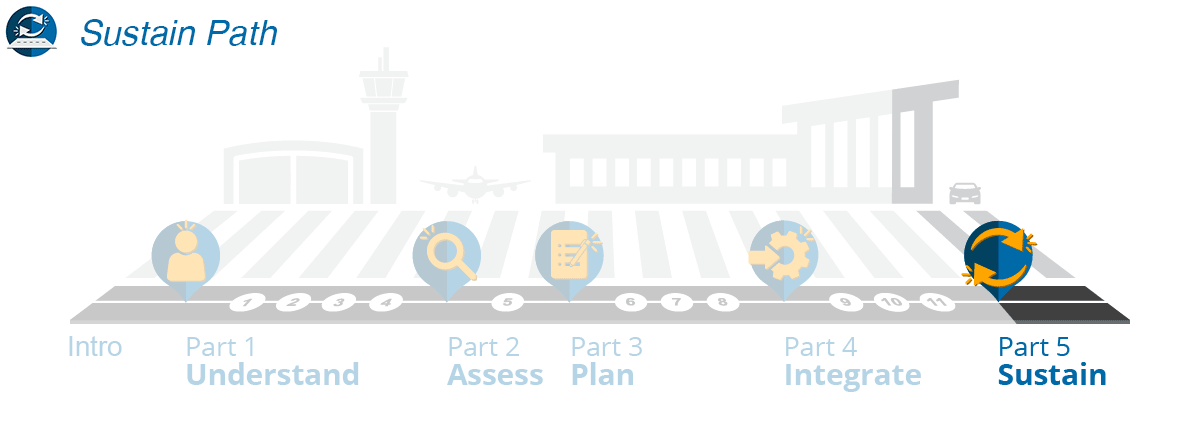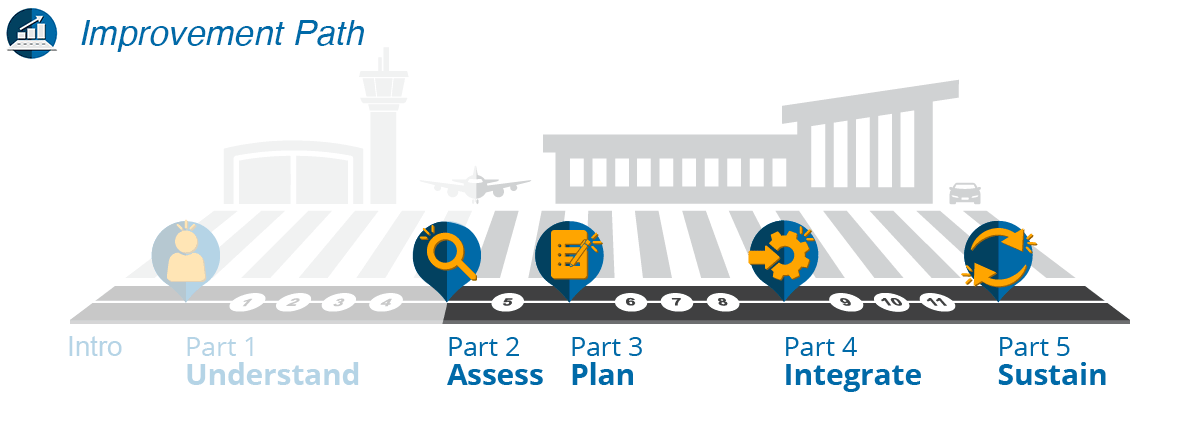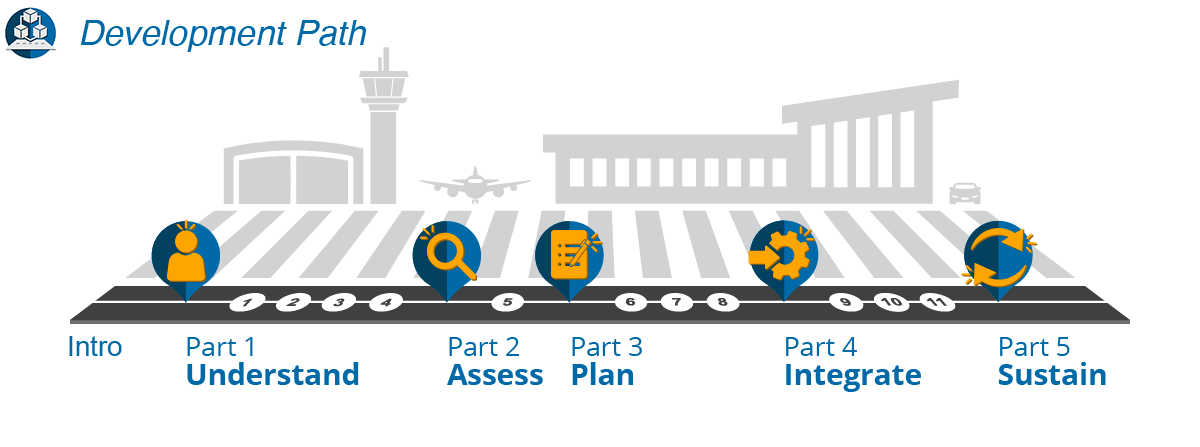Executive Summary
Part 4: Integrate
Your final effort in developing and implementing an SMEM program is to build the supporting elements for the integration (Step 9: Establish Your Integration Needs). Once in place, you should establish your SM operating framework (Step 10: Establish the SM Framework). This framework supports the final plans and procedures (Step 11: Develop Procedures and Update Plans) and guides the technology and tools you will utilize.
Identifying and establishing the required integration needs is a critical step in this final part of the journey toward SM integration. You will need to develop key items such as roles and responsibilities and the associated policies and agreements necessary for the operations of the joint information center (JIC), EOC, and your field personnel.
These elements support the SM management functions (listening, engagement, publishing, and reporting) during emergency operations, as well as day-to-day operations. For the SMEM program to be highly successful, the champions, working with the stakeholder team, should develop success measures to quantify the impact of SM on reaching its intended audience, affecting incident resolution, and meeting operational objectives. These success measures will be used as an assessment tool to modify how you are implementing the SM functions.
Your next step is developing an appropriate SM operating framework. Each element in the operating framework guides and directs users on how to develop specific operating procedures for SM. For example, when developing your team's operating procedure for SM listening, you will identify what channels and key words you will monitor as part of that procedure. This framework aligns the SMEM program's vision, goals, and objectives with the defined level of SM integration and incorporates the following pieces:
- Information and Message Sharing Requirements
- Messaging Standards and Procedures
- Day-to-Day Operational Considerations
- Training Plan
This final step toward implementing an SMEM program is updating existing plans or developing new plans and procedures necessary to support the program. For EM professionals, this should be a familiar process. But for those with strictly an SM background, or for small airport operators functioning under a local jurisdiction, this may not be as familiar. The process involves doing a systematic review of existing emergency plans and incorporating SM functions into them using the framework you have developed. This includes the following plans:
- Airport Emergency Plan (Airport Annex to a County's Plan)
- Crisis Communications
- EOC
- JIC
- Family Assistance Center
- Irregular Operations
The associated roles and responsibilities and checklist/job aids are developed so that SM communications are properly integrated and consistent with other communications methods. Where necessary, specific standard operating procedures may be developed for critical operations, such as the SM message approval and posting process, to define clear lines of authority and accountability.
Once you have updated your plans and procedures, share them with your whole community, and conduct joint training and exercises. Training and exercise are vital components to validate the plans and procedures and to give stakeholders the opportunity to work together before an incident occurs.




